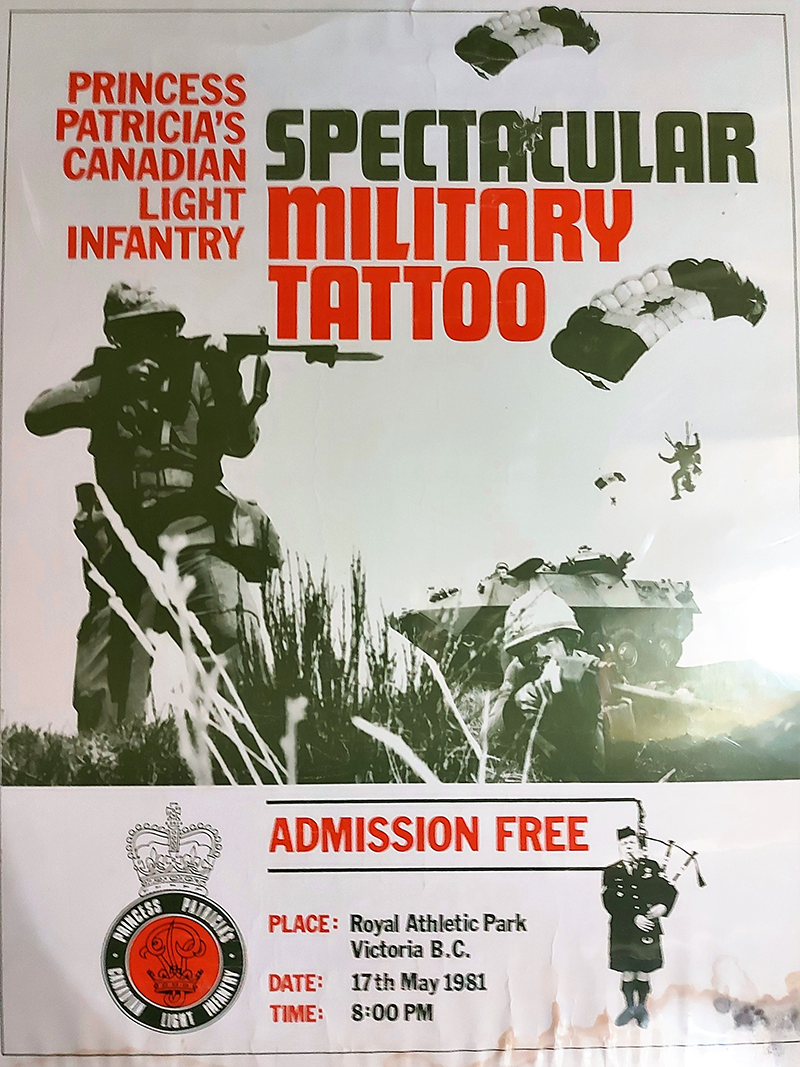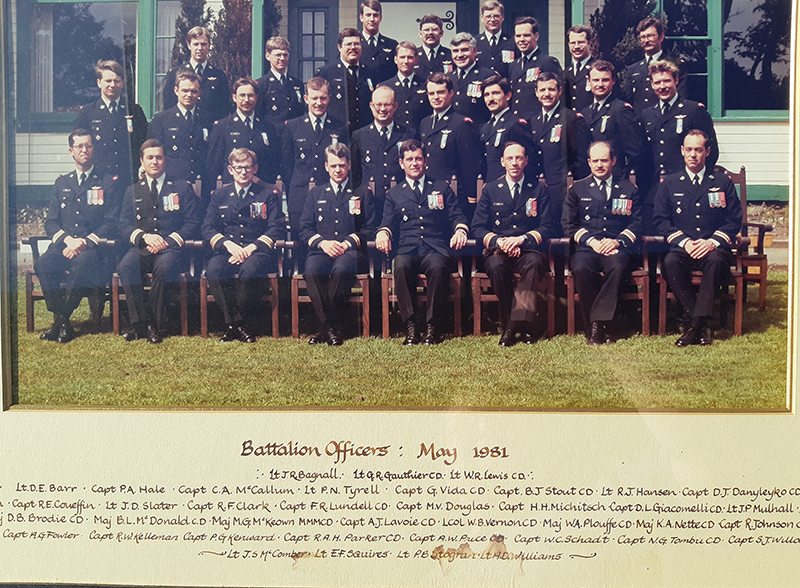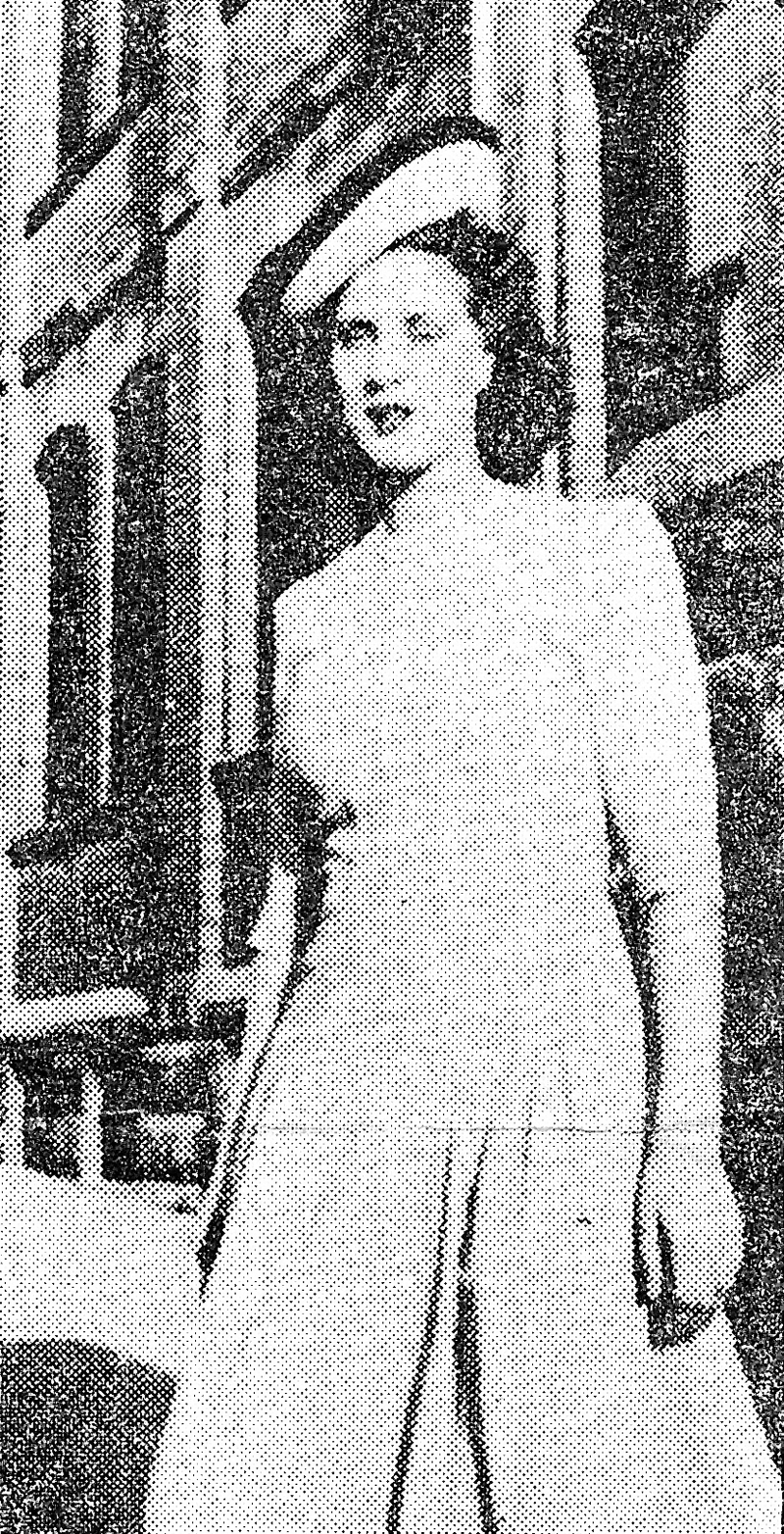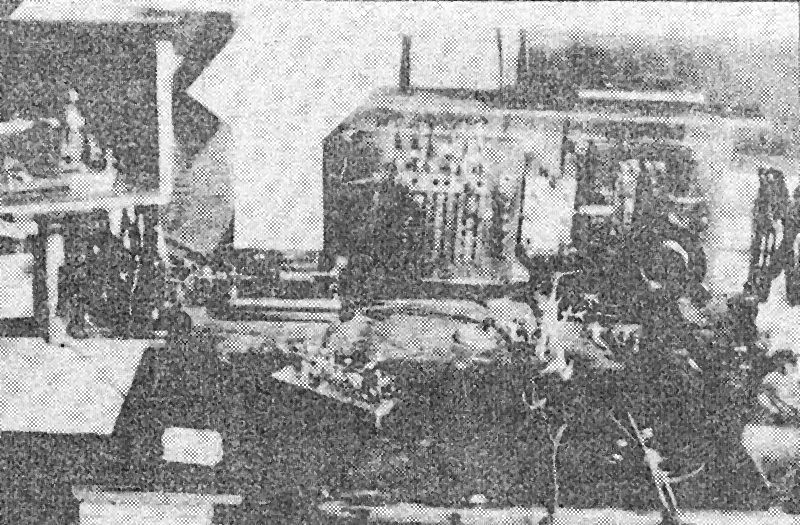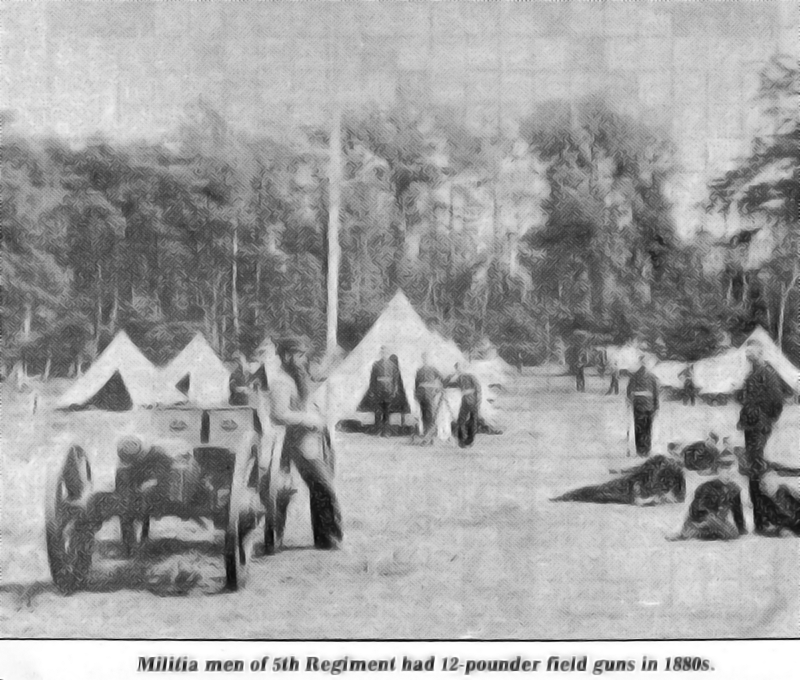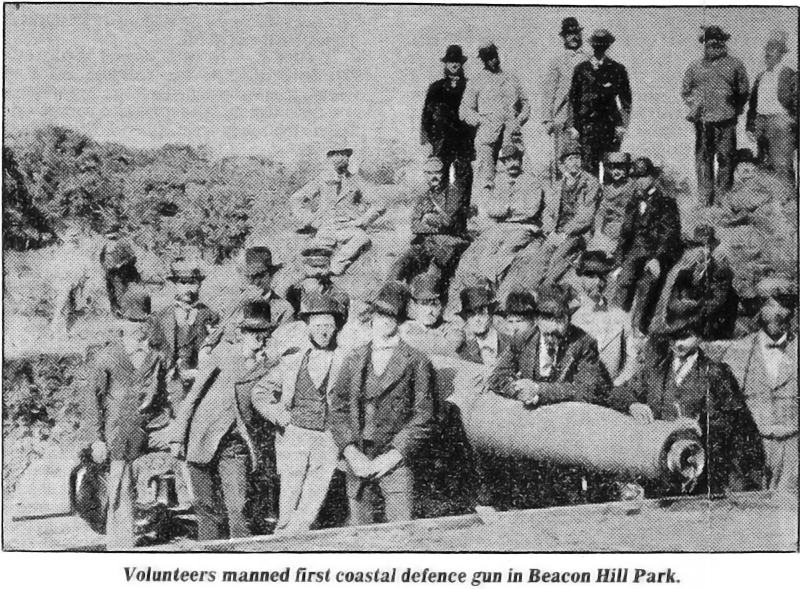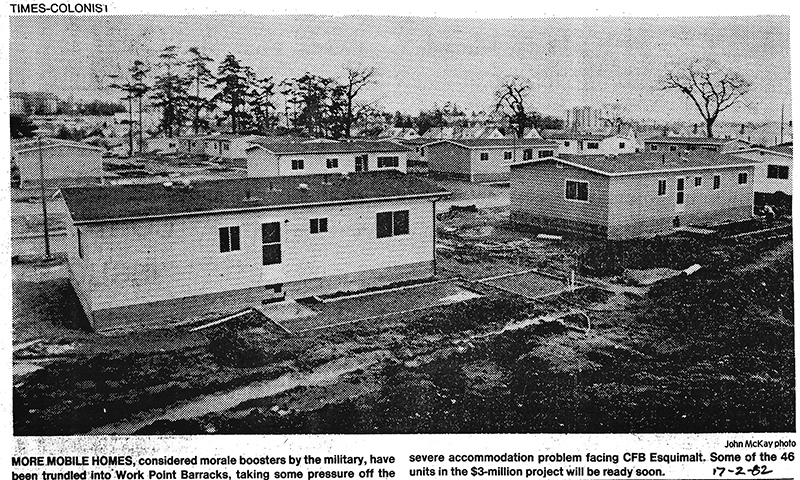 |
 OPCMHVisitor No.: |
HISTORY OF WORK POINT BARRACKSby Jack BatesPART 9 — 1971 to 19941971COLONIST GILT EDGE FOR 3RD BATTALION A wreath of laurel in silver gilt will be added to the regimental color of the Princess Patricia’s Canadian Light Infantry after a presentation-of-colors parade Nov. 20 at Work Point Barracks. Governor-General Roland Michener will present the colors to the battalion, and Maj.-Gen. Cameron Ware, the Colonel of the Regiment, will present the wreath. The battalion was formerly the 1st Battalion of the Queen’s Own Rifles of Canada, but was redesignated when the Queen’s Own Rifles was removed from the forces’ regular order of battle. The laurel wreath was placed on the original Princess Pat regimental color by the Colonel in Chief, then Princess Patricia of Connaught at her farewell parade in England in 1919. Replicas of the wreath were presented to the 1st and 2nd battalions in 1964 to commemorate the 50th anniversary of the founding of the regiment. Only one other regiment in the history of the armies of the British Commonwealth, the South Borderers, has been awarded a wreath to the color. 3PPCLI Presentation of Colours to Third Battalion Princess Patricia’s Canadian Light Infantry Work Point Barracks, Victoria, B.C. Photos courtesy Ed Hansen Collection
COLONIST ESQUIMALT YESTERDAY AND TODAY An article on Esquimalt history by Millicent A Lindo. 1972COLONIST JOHN HOPKINS COMMENTS ON THE ROYAL CANADIAN ARMY CADETS Click here to view article as a PDF. 3 PPCLI The Municipality of Esquimalt conferred the honour of “Freedom of the City” to the 3rd Battalion PPCLI and hosted the very colourful and popular ceremonial parade by the unit.
The Lookout ESQUIMALT AND THE SOLDIER The article, with photographs of Work Point Barracks, was written by the Lookout staff about the history of Work Point Barracks and its relationship to CFB Esquimalt and the Municipality of Esquimalt as it exists today, in 1972. Click to view the article as a PDF file. 1973DAD’S MEMOIRS DAD’S MEMOIRS Written in 1973, Dad’s memoirs as he recalled and reflected on the times of his life, with of course a big focus being on World War 1. A career soldier, from a long line of British Army ancestors, “just ordinary people he called us.” A lot of editing is still required, sister Marilyn and I are doing that with devotion, fond memories, and a sense of duty! Click here to view what has been done so far (PDF). WORK POINT BARRACKS WORK POINT BARRACKS – ESQUIMALT, B.C. JUST AFTER MIDNIGHT IN THE MORNING OF SATURDAY FEBRUARY 3, 1973, BARRACKS MESS ABLAZE Fire engulfed the warrant officers’ and sergeant’s mess at Work Point Barracks early today, destroying battle momentos and sending up flames clearly visible miles away. Men and equipment from three firehalls, Esquimalt, Belmont Park and HMC Dockyard were still battling the blaze at 2 a.m. Heat from the blaze triggered alarms in the guardroom at the main gate of the barracks, home of the third battalion of the Princess Patricia’s Canadian Light Infantry regiment, and at the Naden firehall. There were no reports of injuries. The blaze was believed to have started in the lounge area of the mess, which was unoccupied at the time. At the peak of the fire, flames shot 50 feet high from the old frame-construction, H-shaped building. Nearby barracks were described as being “not in danger.” Much of the barracks valuables – such as silverware, regimental trophies, pictures and similar articles – were believed to have been destroyed in the blaze. Officials said much of this material is of “priceless historical value,” forming a part of the old Queen’s Own Rifles and the PPCLI traditions. COLONIST MESS RAZED Priceless regimental trophies, including silverware and paintings, were destroyed today, when flames swept through the warrant officers’ and sergeant’s mess of the Third Battalion, Princess Patricia’s Canadian Light Infantry, at Work Point Barracks. The mess, normally occupied at weekends by up to 100 men, was unoccupied today. The PPCLI left Monday for Alberta to take part in field manoeuvres. The fire was believed to have started in the lounge area of the old frame-construction building. Firemen described the building as a total loss, but were unable to give an estimate of damage cost.
TIMES PATS MOMENTOS NOT IN FIRE MESS EQUIPMENT DESTROYED – Initial reports of historically valuable regimental momentos being destroyed in the fire that swept the warrant officers’ and sergeant’s mess at Work Point Barracks early Saturday were in error, a Canadian Forces spokesman said later today. The spokesman said the mess contained two ceremonial swords, some inter-regimental trophies, wall plaques with crests of other regiments and some silverware, including two trays. Total value “might be a couple of hundred dollars,” he said. The fire, which broke out just before 1 a.m., was put out by Canadian Forces and Esquimalt fire trucks. The mess was unoccupied at the time as the 3rd Battalion, Princess Patricia’s Canadian Light Infantry, is on exercise in Alberta. The spokesman said the cause of the fire is not known, but a board of inquiry would probably be convened Monday. A similar fire that destroyed the junior ranks mess at CFB Esquimalt in 1971 was found to be arson. No estimate of the damage was available, but the H-shaped wooden building now is just a shell, he said.
COLONIST ARSON RULED OUT IN MESS FIRE Arson has been ruled out as a possible cause of the Saturday morning fire that destroyed the warrant officers’ and sergeant’s mess at Work Point Barracks. “There are no thoughts that the fire might be the result of arson,” Captain Harry Addison, duty officer on the night of the fire, said today. A fire that destroyed the junior ranks mess at CFB Esquimalt in 1971 was later discovered to be arson. Addison said at the time of the fire the building was closed and few personnel were around because the regiment had left earlier in the week for military exercises in Alberta. A military board of inquiry will begin its investigations Tuesday, Addison said. Earlier reports that valuable regimental trophies had been lost in the fire were amended today by CFB’s regional information officer, Maj. Vic Keating. Keating said today that he doubted “if there was anything irreplaceable in the mess” at the time of the fire. It had been a couple of years since the major was last in the building and he had relied on the memory of a mess sergeant Saturday when giving an account of what mementos it contained. TIMES ELECTRICAL FAULT LIKELY CAUSE An electrical fault in the kitchen was the most likely cause of the fire early Saturday that destroyed the warrant officers’ and sergeant’s mess at Work Point Barracks, a Canadian Forces spokesman said Monday. “There is no reason to suspect arson at this stage of the investigation,” said Capt. Harry Addison. From the evidence available Monday, it appeared the fire was caused by an electrical fault in the kitchen. Fire spread upwards in the attic and outwards from there, he said. The building which, built in 1943, had no baffles in the attic to stop the fire from spreading, he said. Addison said there was no one in the building at the time the fire broke out shortly before 1 a.m. The barman had been last to leave at about 12:10 a.m. An investigation is in progress but a board of inquiry has not been convened at this stage, said Addison. COLONIST
It is told that members of the Pioneer Platoon saw the opportunity to deploy their skills and salvaged the cast iron heating registers from the fire. Also, it is told, that a number of others on site salvaged other items of collectable or memorabilia value from the depths of the ashes resulting from the fire. Quite a challenge due to the intensity of the blaze and other dangers which materialized after the fire was extinguished. The fire was responded to by DND firefighters from the Dockyard, Belmont Park and also the Township of Esquimalt in additional support. The Esquimalt Fire Department incident report revealed that # 1 Pumper Truck with five men attended the fire and were on site for four hours as “Assistance to Naval Fire Service.” The pumper truck had to be vigilant as downed electrical wires and telephone cables were a danger and had to be dealt with as the situation became a threat to the firefighters and their equipment. THE FOLLOWING ARTICLES ARE TAKEN FROM THE “PATRICIAN” WARRANT OFFICERS’/SERGEANT’S MESS As we said in opening, it was a good year. Many old members have left us while many new ones have joined the Mess and we hope they will enjoy the coming year as much as we have enjoyed the last one. Shortly after midnight, in the early hours of the 3rd of February, 1973, fire swept through, and completely destroyed the 3 PPCLI WO and Snr NCO’s Mess. Building and contents, are shown in the attached photos.
It is hoped that this understanding will be expressed in a concrete form. Any assistance, of any type, would be most welcome. Photos, old weapons, memorabilia, cash, furniture presentations, all will be needed. Correspondence should be addressed to: The PMC The “PATRICIAN” 1972 PPCLI ASSOCIATION – Victoria Branch The Victoria Branch lost its normal monthly meeting place when the Third Battalion’s Sergeant’s Mess was destroyed by fire. However, Lieutenant Colonel PA Roy has been more than kind in offering the Branch a number of alternative locations. Of these the upper lounge of the Junior Ranks Club was selected and it is “business as usual” on the last Friday of each month for the information of any Patricia’s visiting the Victoria area.
The “PATRICIAN” 1973 WARRANT OFFICERS’ and SERGEANT’S MESS The heading of this article may appear, to the reader, to be a relatively common line of print. But to the regular, associate and honorary members of the mess, it is anything but ordinary. After ten months of work, worry, headaches, arguments, pleadings, and an incredible amount of support from all across the country – 3 PPCLI once again has a Warrant Officers’ and Sergeant’s Mess. At 1500 hours, Friday 14 December 1973, all regular members lined the sidewalk from the street to the mess entrance. The VIP party arrived on the dot, as planned. Major-General Cameron B. Ware, DSO, CD, Colonel of the Regiment, and Lieutenant-Colonel R.L. Cowling, CD, Commanding Officer of the Battalion, held the ribbon taut. Captain (N) G.H. Hayes, DSC, CD, Base Commander, CFB Esquimalt cut the ribbon. The mess was officially open. Many traditional items, beyond value and irreplaceable, were lost when the old mess burned in February 73. Trophies, silver, photographs, souvenirs and momentos were all reduced to ashes. The membership moved into a temporary mess and called for assistance in rebuilding. The response was beyond expectation. Furniture was loaned for the temporary mess. Trophies were donated. Photographs were reproduced and forwarded. The Base Commander threw his weight behind the task of obtaining a new building for the permanent mess. People in Ottawa expedited paperwork. Local merchants donated trophies. Above all, the members supported the entire effort by attending the temporary mess and backing their committees. To all who helped, we say “THANK YOU.” You are too numerous to mention individually, but you are remembered; and there is a line in the Guest Register reserved for you. We hope you will make early, and frequent use of it. The cutting of the ribbon was the beginning of an opening celebration that lasted the weekend. For two hours after the doors opened, all members hosted the dignitaries in the new lounge. The evening saw a formal mess dinner, with the Colonel of the Regiment as guest of honor. The gathering which followed the dinner must have been a memorable one. The only person who is able to state definitely it ended was the mess manager. He claims he got home in time for breakfast on Saturday morning. The ladies were introduced to the new mess on Saturday afternoon at an informal cocktail party and on Saturday night, the first social function. Another late night for one and all, but a 4 a.m. closing time is generally considered to be an indication of a good bash.
— Jack Bates ACE MANCHU Ace Manchu was a Great Pyrenees / Malamute cross. He was presented to the 3rd Battalion of Princess Patricia’s Canadian Light Infantry by the US Army in Alaska in 1973. Ace was promptly promoted to Corporal and became the battalion mascot. He served at Work Point Barracks in Esquimalt as 3 PPCLI mascot for the next three years, at which time Ace retired from the army. These photos show him on parade in Victoria and at Work Point Barracks. The photos and the ceremonial coat of the mascot can be seen in the naval museum at CFB Esquimalt Naden.
1974RON LOVATT A HISTORY OF THE MILITIA GUNNERS OF VICTORIA TO 1956 This thesis by Ron is available at the Mearns-McPherson Library at UVic, UA601 B7L6. Former Colonels of the 5th (BC) Field Regiment RCA here in Victoria, Arthur and Phil Sherman, helped Ron in this project. Subsequent books by Ron in 1982, 1983 and 1985 updated some of the content through research for the later three publications. Very interesting the footnotes on this topic which can lead to further research of the newspapers, which are on microfilm in the UVic Archives, particularly the undigitized Victoria Daily Times. Click here to view Ron's thesis (PDF) March 1, 1974 “The History of Submarine Mining and Boom Defences 3PPCLI MEMORIAL SERVICE LADY PATRICIA RAMSAY, CI CD COLONEL IN CHIEF CHRIST CHURCH CATHEDRAL Sunday 17 March, 1974 Third Battalion Princess Patricia’s Canadian Light Infantry June 15, 1974 The Third Battalion, PPCLI, was granted “Freedom of the City” by the City of Victoria. On 15 June, as part of the Diamond Jubilee celebrations, the Regiment was presented with the Freedom of the City of Victoria by His Worship, Mayor Peter Pollen, at a ceremony held in front of the Parliament Buildings in Victoria. The charter was signed by the Colonel of the Regiment, Major general C. B. Ware, DSO, CD, with the third battalion of Victoria on parade. 3PPCLI TROOPING OF THE COLOUR Third Battalion Princess Patricia’s Canadian Light Infantry Royal Athletic Park Victoria, British Columbia Monday 1 July, 1974 Stevenson and Kellogg Ltd. This company produced reports covering extant buildings within the areas of CFB Esquimalt for DND. It includes building and construction data, photographs and floor plan drawings. An occupancy schedule indicates present use and proposed functions for the buildings. This report is a must see for researching all the buildings of the day and it is available to see at the CFB Esquimalt Naval and Military Museum. WORK POINT BARRACKS These photos were taken by the HALLMARK SOCIETY of Victoria in 1974. 3 PPCLI is the Garrison Regiment stationed at Work Point Barracks.
1975The 3rd Battalion PPCLI served with the United Nations force in Cyprus from November 1975 until April 1976. The battalion paraded through the streets of Victoria exercising their privilege of “Freedom of the City” as they bid farewell to the City prior to leaving. VICTORIA-ESQUIMALT COAST DEFENCES Click here evolution and locations of the Victoria-Esquimalt Coast Defences from 1878 to 1956 (PDF). THE BULLETIN FORT RODD HILL NATIONAL HISTORIC PARK This 5 page historical writing was written by Jack Rippengale, Area Superintendent, National Historic Parks and Sites, Vancouver Island. This 1975 account as titled has proven to be quite accurate based on my own research to date. BC STUDIES, No. 28, Winter 1975 – 1976 COAST DEFENCE IN BRITISH COLUMBIA, Click here for an informative article on coast defences in BC at the start of WW2. (PDF) WORK POINT BARRACKS
ST. PAUL’S NAVAL AND GARRISON CHURCH The Old Contemptible Association, Victoria Branch’s, "standard" was laid up today in the church. Click here to view press clipping as a PDF.
MACAULAY PLAINS/HARRISON POINT Click to view image of Macaulay Plains/Harrison Point (PDF). 1976The Victorian FAMILY GOES BACK TO SCHOOL Among the old familiar faces gathering tonight to pay final tribute to Lampson Street school will be members of the Buxton family. All 14 children of the late Phoebe and Percival “Tich” Buxton at one time or another studied their three R’s at Lampson, which closes its doors forever at the end of June. The oldest Buxton, Phoebe (now 65 year old Phoebe Simmons of Parksville), first attended Lampson in 1916. It was 1948 before the youngest member of the family, now Mrs. June Burkholder of Edmonton, finished grade 8 in the first school built in Esquimalt. During those thirty-two years, there weren’t many school terms that went by when several Buxton children weren’t attending Lampson, which has since seen dozens of grandchildren pass through its doors. David Buxton, former Lampson student and now a drill instructor at Royal Roads Military Academy, said he expects seven of his brothers and sisters to be at Lampson tonight for the reunion. For years the largest family in the Victoria area, the Buxtons spent all their family years in Esquimalt. Also expected to attend the two hour social, beginning at 7 p.m. tonight, are four former Lampson principals, said Walter Boyes, current principal at Lampson and an organizer of the reunion. The list includes Harold Campbell, former deputy minister of education in B.C. and Lampson principal from 1923 – 1928, Norman Forbes, principal from 1950 – 1956, Lloyd Main, principal from 1956 – 1961, and Albert Davies, principal from 1961 – 1968. Boyes said he is expecting around 1,000 former students and teachers to attend the evening in honor of the school’s 73 year history. The story of the school has been compiled in booklet form and will be on sale tonight.
The Third Battalion PPCLI again exercised their privilege of “Freedom of the City” of Victoria in April 1976 on their return from the peacekeeping tour in Cyprus. COLONIST This front page was typical of Gorde’s art work at Christmas time. A number of prominent Victoria Bate Fastball personalities are included this year, and others around Victoria. Click to view PDF. 1977FORT MACAULAY FORGOTTEN MONUMENT OF THE PAST My Maternal Grandfather, WT Phillips, and Great Uncle, Sidney Thomas, were members of the Royal Engineers 18 Fortress Company, who dismantled the 1878 earthworks batteries and was responsible for the “concrete” fortresses at Fort Macaulay and Fort Rodd Hill. Click here to view image (PDF). COLONIST ALONG ESQUIMALT ROAD An article on the history of Esquimalt by James C Nesbitt. PPCLI Files PLAQUE - OFFICER’S MESS AND QUARTERS “THE GEORGE PEARKES BUILDING” The present site of the Work Point Officer’s Mess was selected by Lt. Col. J.C. Holmes, of the 11 Military District in 1883. The building was constructed circa 1890 and served as the residence of the commandant and field officers until it was redesignated the Officer’s Mess. Daily Colonist Princess Pats Off Today To Australia One hundred and fifty men of the Third Battalion Princess Patricia’s Canadian Light Infantry left today for six weeks in Australia. The group, led by Major Gordon Manning, will take part in military manoeuvres at the Australian Army Land Warfare Centre at Canungra, southwest of of Brisbane. They will also undergo training at another Queensland army base, at Enoggera before returning September 21. While they are away, 150 members of the Third Battalion Royal Australian Regiment will be taking part in exercises in northern and western Canada. The Australian soldiers who arrive Saturday will take part in an amphibious exercise off the west coast of Vancouver Island, participate in mountain training in the Rockies near Banff and will also be involved in military exercises planned in the Yukon and North West Territories. COLONIST SAM BAWLF PUTS A ROOF ON NAVAL HERITAGE SIGNAL HILL BUILDINGS TO BE UNDER ROOF OF LEGISLATURE Roofing tiles left over from the Legislative Building renovations will be used on the historic Signal Hill buildings on Esquimalt Road. Recreation and Conservation Minister Sam Bawlf, responsible for the Provincial Capital Commission, presented a truckload of the tiles to the Greater Victoria Creative Centre Organization, which is repairing the century old buildings under a Canada Works Grant. The buildings went up during the Crimean War to house Royal Navy officers, and now are being renovated to provide artist’s studios. See August 29, 1968 for more on the Signal Hill buildings. COLONIST SIGNAL HILL A friend of mine from Victoria kindly sent me a clipping from the third section of the Sunday August 14 edition containing the item regarding the roofing of the old married quarters at Signal Hill. I was very gratified to see that the greater Victoria Creative Centre Organization is repairing these old buildings since I was born in the double unit on the right side of your picture in 1919. These buildings housed army personnel (not navy) serving the nearby Ordnance Depot and the 9.2 inch guns on Signal Hill. — RW Hooper Major, RCA (ret’d) Camp 22, 108 Ranch, R.R. No. 1, 100 Mile House.
The picture mentioned above was too dark to include but it referenced the building #522, which currently houses the CFB Esquimalt newspaper, the LOOKOUT. I have substituted with this image. 19783PPCLI THIRD BATTALION PRINCESS PATRICIA’S CANADIAN LIGHT INFANTRY FREEDOM OF THE CITY OF VICTORIA PARADE THE PARLIAMENT BUILDINGS VICTORIA, BRITISH COLUMBIA SATURDAY 1 JULY, 1978 MACAULAY POINT CENTENNIAL SALUTE The 5th (British Columbia) Field Battery, Royal Regiment of Canadian Artillery, marked the centenary of their formation with a 100 - gun salute on 26 July 1978 from Macaulay Point, Esquimalt, B.C., on the site where the first muzzle-loading gun was fired by Victoria’s own artillery unit 100 years before. At the Bay Street Armouries, home of the 5th Regiment’s museum, is a photograph to the above mention, listing the officers and gunners that participated in the salute that day. Also on display are the 1st and the 100th shell casings fired in the commemoration event.
1979Esquimalt Sentinel MACAULAY POINT PARK DEAL PROVE A FLOP The 17.3 acres at Macaulay Point Esquimalt was supposed to inherit from the Federal Government for $1 has grown to $170,000. Council turned down the offer after a meeting with officials of the Crown Assets Department. The decision to say no was made at a special council meeting to engage an engineering consultant until the new engineer takes over April 1. The original deal with Ottawa was that Esquimalt would get the Macaulay Point property for park purposes if it would realistically zone the Work Point area to residential, multiple and commercial. This was in preparation for phasing out Work Point Barracks. Council’s theory is that the Government changed its mind and decided to keep everything and the Macaulay price tag jumped. “We felt $170,000 was too much to pay for parkland,” said Mayor Art Young. Esquimalt had already presented a park plan. 1980
The 3rd Battalion PPCLI served its 3rd term with United Nations forces in Cyprus from April 1980 to October 1980. Parks Canada A HISTORY OF THE DEFENCE OF VICTORIA AND ESQUIMALT, 1846 – 1893. This 165 page history including some illustrations is an excellent history of the above years, and is somewhat overlooked as a resource for events of the era. A must look at with a variety of content. 1981WORK POINT BARRACKS
Doug Nelson Doug wrote a letter to the Base Commander of the day, on “Retention of Historic Sites From Demolition.” It includes a summary of the Victoria-Esquimalt Fortifications by Jack Rippengale, Planning Officer, Fort Rodd Hill Historic Site. This concise summary lists the 15 Gun Batteries, 3 Fire Command Posts, the Fortress Plotting Room, the 4 Fortress Observation Posts and the 11 Searchlight Positions, with a description of each. A paragraph of note was a reference to the Historic Sites and Monuments Board of Canada’s declaration that “The Victoria – Esquimalt Fortifications were of National Historic Importance,”in 1958, that “In the absence of named exclusions, the Board’s declaration of 1958 presumably intended to include all of those components which collectively comprise the Victoria – Esquimalt Fortifications.” Further studies by Parks Canada have also included Work Point which of course was the Fortress Headquarters. All points lost in time! ... I wonder how many sites actually remain. The Lookout CFB Esquimalt RIC-A-DAM-DO Gunners Give Memento The third of March was a very significant occasion for the Royal Canadian Artillery Association as the gunners presented a three inch anti-aircraft gun to Work Point Barracks.
The gun is destined to serve as a permanent memorial marking the service of the Royal Regiment of Artillery at Work Point Barracks. Not only is the gun unique, but so has been the artillery’s role and presence here. The Regiment of Canadian Artillery first established itself in Victoria in 1887, “C” Battery moved into Work Point Barracks when it was completed in 1890. Since then, the artillery units and schools have remained on strength at Work Point until 1957. They are listed as follows:
The gun itself came from the RCA Museum in CFB Shilo, Manitoba and was refurbished by the 3PPCLI Maintenance Platoon. It is a 3 inch, 20 CWT, MK IIIA, quick firing anti aircraft gun. Leading up to WW 1 almost every type of field gun was tried for the anti air craft role. The three inch was the best amalgamation of design at the time. It was the first “purpose built” British AA gun and was introduced in 1914. The Mark III had a maximum range of 23,500 yards. It could fire shrapnel, high explosives, and incendiary ammunition. The guns remained in use during WW II and were subsequently removed from service. In his presentation speech, Colonel R.A. Jacobson, President of the RCAA, stated that, “The gun, as a memorial, makes us appreciate the past, aware of the present, and stirs anticipation of the future.” It is also a reminder that Canada is “back in the air defence role.” The plaque reads: “The gunners motto in English is: Everywhere, Whither right and glory lead.” The Royal Canadian Artillery and Princess Patricia’s Canadian light Infantry have enjoyed a steadfast comradeship ever since the regiment’s beginning in 1914. “The gun has been trusted to good friends who will maintain it as a symbol of the comradeship,” said Lt Col. Brian Vernon, Commanding Officer of 3PPCLI as he accepted the gun from the RCAA on behalf of Work Point Barracks. The presentation was followed by a luncheon where many a war story was exchanged and the artillery’s past at Work Point Barracks was briefly revisited.
An “ack – ack” gun for Work Point Barracks A plaque on the pedestal in front of the gun reads: 3-IN 20 - CWT Mk III A QF ANTI-AIRCRAFT GUN THIS GUN WAS PLACED HERE BY
A small plate attached to the gun reads: THIS 3“ Q.F. SHOREMOUNT
This gun remains in place to date aside the Flag Staff at the Saluting Base and over looks Rose Bay adjacent to the 1897 Brick Magazine as part of a Memorial Precinct included within the definition of a “cultural landscape” as the following two photos.
HALLMARK HERITAGE SOCIETY THE FORT FARMS – VIEWFIELD & COLWOOD SEE Esquimalt Walking Tours #4 ... February 17, 2024. 3PPCLI THIRD BATTALION PRINCESS PATRICIA’S CANADIAN LIGHT INFANTRY SUNDAY 17TH MAY, 1981 PARADE — PARLIAMENT BUILDINGS — VICTORIA, BC — TWO O’CLOCK MILITARY TATTOO — ROYAL ATHLETIC PARK — EIGHT O’CLOCK
Times Colonist NOON – HOUR BOOM! A loud BOOM reverberates from the office towers of downtown Victoria. Office and construction workers along with visitors automatically check their watches. It is 12 noon. The cannon has said so. The gun in the article is not to be confused with the Work Point Barracks Time Gun that was fired for so many decades, but not since the late 1960’s. It is the small cannon in a cage situated water side of Laurel Point and has a very interesting history. May 1981
COLONIST SATURDAY’S CHILD “Dah dit. Dit dit. Dah dit. Dit dit.” The sudden chattering of the morse code on the telegraph instrument disturbed the quiet of the summer night. Dah dit. Dit dit. Dah dit. Dit dit.” That was the signal for somebody calling Port Alberni, and the young girl on duty sprang to attention. The came the wartime pre-arranged emergency signal to clear the lines of all commercial messages. The use of that secret code meant something very serious was afoot. The call came from Ucluelet – that was on the west coast of the Island, wasn’t it? The girl, still in her teens and new to the job, was entirely on her own in the office. Shaking with an unknown fear, she got right to work and had those vital lines cleared in record time. Then came the truly scarey message in code. The enemy was shelling the lighthouse at Estevan Point. The first and only time that B.C.’s coastline received enemy gunfire. The next task was to alert the Home Guard and the Airplane Detection Corps in Victoria, and having done all that the operator no doubt told herself she wasn’t scared at all. Just doing her job. The girl in question was Shirley Taylor, and less than two weeks before that momentous night, she had started her very first job which was as a telegrapher at Port Alberni. The year was 1942 and it was for her probably the first real intimation that the Second World War was for real. Shirley Taylor was born at Bassano, Alberta, a little town on the railway east of Calgary where her father was the CPR agent. As agent, of course, he was a morse code expert well versed in the ways of transmitting messages on the telegraph. In due course, he passed on hi straining to his daughter, Shirley. It takes about a year to become fully proficient in the use of the telegraph, and she certainly didn’t feel fully trained when she and her father came west on a holiday that June in 1942. Their destination was Vancouver, and knowing nobody there, they one day headed for the main post office, since her father thought it would be of interest to see how telegraph messages were handled in a large city office. Somewhat naturally, one cannot go poking around behind the scenes of a government building without attracting attention. A polit employee soon came up to enquire if he could be of assistance, to which Shirley’s father replied that as they were both telegraphists they were interested in seeing the work of such a big place. It then transpired in conversation that a telegraph operator was urgently needed at Port Alberni to take the place of somebody who had fallen sick. It was with something akin to horror that Shirley heard her father say he didn’t need a job himself, but his daughter was a fully trained telegraph operator and did need a job. No use to argue. The job was offered and despite her pleading expostulations and anxieties, her father accepted the offer for her on the spot.
Shirley recalls now that she was prey to many fears and uncertainties for despite the fact that her father had indeed trained her well, she still didn’t feel she had enough experience to take on the work of a man trained for many years in the field. MESSAGE TOLD OF SHELLING OF ESTEVAN POINT However, all her fears were pooh-poohed and without even returning to Alberta, Shirley found herself on the Island and on her own. Her homesickness was horrendous. She knew no one and her home and family were many miles away. Added to this she found she had to work the night shift on her own. This entailed starting work at 11 p.m. every night and working through till 7 a.m. the next morning, for seven nights a week. Yes, that’s right, she had no nights off at all, though a benevolent government did grant her three weeks annual holiday. This holiday time didn’t include Christmas though, and she only remembers one Christmas she was lucky enough to get home to her family. However, it was a time of war and Shirley who has always had a great sense of duty took it all in her stride. And of course she did make friends, though any idea of attending dances was quite out of the question. As opposed to this, among the government lines which she took care of, there was also a connection with the army bases at Nanaimo and Port Alberni, and it was amazing how often the army lads managed to do a little flirting with her on the telegraph. That June night, though, when the enemy shelled Estevan Point will always remain vividly in her memory. Feeling very alone she decided at one point that her supervisor should be told of the events, so she got in touch with him. His somewhat shattering response was: ”Miss Taylor, if you do not think you can handle the work, I suggest you submit your resignation and look for work for which you are more suited.”
Shirley thinks he was annoyed at being wakened that he didn’t take in the fact of the enemy action within miles of his doorstep. However, in short order the word got around and by 3 A.M. two reporters from the Seattle Post Intelligencer arrived by float plane and parked in her office, while the following day a woman reporter from the Toronto Star was flown in. Perhaps by then her boss was feeling a little foolish, but Shirley bore him no grudge ands indeed worked for him quite happily for the remainder of the war years. She thinks that maybe he at first resented the fact that she was actually getting a man’s pay for doing a man’s work. She recalls that she received $120 a month with no time off, while the girls at the telephone exchange only got $80 a month. So the war years passed with plenty of steady work, but not altogether without romance, for when war ended Shirley left the telegrapher work to marry a soldier sweetheart. No, not one of those she had flirted with in morse code! She and her new husband moved up to Campbell River where they started an auto court where their clientele consisted mainly of American and Canadian……Page 26 not available…. — Margaret Belford 1982NELSON AND OLIVER REPORT Lt Col F.D.H. (Doug) Nelson, Base Historian, and Dr. N.E. Oliver of Insight Consultants, produced a report “CFB Esquimalt Military Heritage.” This 1982 study contains an inventory of buildings constructed prior to 1939 and identifies a number of structures with heritage value as determined by a numerical rating scale similar in principle to that of FHBRO. (The Federal Heritage Building Review Office) This report includes a history of the base and lists buildings of Primary Importance and Secondary Importance for the five areas of CFB Esquimalt: Dockyard, Signal Hill, Naden, Work Point and Colwood. COLONIST VICTORIA’S DEFENCES WERE SHAKY After Capt. George Vancouver had taken over from the Spanish explorer Quadra, at Nootka in 1792, all lands in this are which the Spaniards had hurriedly claimed as their possessions, Great Britain decided that she had grasped some very valuable territory, which could reward her handsomely with valuable furs, timber for its ships, masts and yard arms, precious metals and fine agricultural lands. Britain was also aware of the desire of the United States to add to its holdings on this continent, following its failure in the war of 1812 to take possession of eastern Canada and add to its profitable 13 colonies, recently wrestled from Britain. Britain, aware of the rumblings, made haste to bolster her defences in this part as a warning to the aggressive Americans in the new states of Washington and Oregon, who were anxious to push north of the 49th parallel and regain our parts of the country, which had been known as Oregon Territory. The international waterway in the gulf and Strait of Georgia was in conflict and in the end we lost San Juan Island, but avoided an open conflict and lost no more territory than we have today. Britain at once surveyed Esquimalt Harbor and found it suitable for a naval base. Immediately the headquarters of the Pacific Squadron of the Royal Navy, at that time in Valparaiso, was moved to Esquimalt and many warships were quartered there. Blue jackets became popular and junior officers began to pick out wives from our society beauties. Then they built a road from Esquimalt to Victoria, abandoning the trip by boat, which was difficult in storming weather, and avoided tragedies which required space in our cemeteries. Monuments and markers to those unfortunates may still be seen in the Quadra Street cemetery, along side Christ Church Cathedral. Appearance of naval vessels here also served to quiet down the Indians, who were in the habit of breaking the law, even to renewing old feuds with neighboring tribes. The ships were also “showing the flag” and the four mile limit was rigidly adhered to, and the American ships of war exchanged visits with ours and we became good friends. Eventually we were working hand-in-glove with them, especially in assuring the seal herds safe passage to the Pribilof Islands, where they would have their pups and mate again. It was not long before, there were other people who might not be friendly and they included the Russians, who at one period had quite a few settlements on this coast, Alaska, in particular, and as far south as the Hawaiian Islands. Eventually they gave us a scare which resulted in our manning defences, forming a militia, and adding a navy. The British commander here was concerned about the defences and in order to provide better navigational aid to his ships entering and leaving Esquimalt Harbor, he ordered two lighthouses built in England and shipped around Cape Horn. One was installed at Fisgard at the entrance to the harbor, and the other at Race Rocks. When the two were in line there was a good line on the entrance. Race Rocks lighthouse is still functioning and of great assistance to the numerous ships now using Juan de Fuca Strait, whether bound for Puget Sound or mainland ports. Fisgard light has been discarded, but is serving as an historical point in the Fort Rodd Hill. Forts were built on the approaches to Esquimalt at Macaulay Point, Duntze Head and Rodd Hill and they even thought about putting bigger weapons on Signal Hill, which was accomplished in later years when two 9.2 cannons, capable of firing beyond Race Rocks, were in place.
The defence program reached a head when a report was received that what looked like a Russian gunboat was heading south on the west coast and might be the advance party of a foreign force, probably Russian, because Britain at that time, the middle 1850’s, was fighting that power in the Crimea. The town was uncomfortable, especially when the gunboat was picked up off Race Rocks and heading for Victoria and Esquimalt. There were hurried preparations to meet the Russians. The ships at anchor in Esquimalt Harbor were placed on the alert and several of the old-fashioned cannons were rolled off the ships, trundled through the streets and mounted on advantageous points. One, a really ancient muzzle-loader was placed in a small excavation in Beacon Hill Park. To man this grizzly, even almost useless weapon, Victoria had to find a crew, but there was no lack of volunteers. All the citizens were edgy as the gunboat closed on our town and many gathered on the waterfront to watch the invasion and to get a head start in case they had to evacuate the place. Anyone who was resident here in 1914 when Victoria was threatened by the German high sea fleet from China, or in 1941 following the sneak attack by the Japanese on Pearl Harbor, knows what the people felt like when the Russian gunboat crept in. There was great relief when it was found the gunboat was coming here to get hospital aid for an injured seaman and also pick up supplies of food and water. Owing to the primitive communications at that time, they were as unaware of the progress of the war in the Crimea as we were the local folks and officials. RUSSIAN GUNBOAT REPORTED HEADING FOR TWEST COAST IN MID–1850’S The gunboat had been on a cruise to Alaskan waters, checking on Russian outports, most of which were to be put in the big package deal, concluded in 1867, when all Alaska and its waters were sold to the United States for seven million dollars. The U.S. even thought the whole of Bering Sea was included, which led to many encounters between Victoria sealing schooners and U.S. revenue cutters, who were acting in the interests of the Alaskan Commercial Co., which was anxious to get the seal catches from the Pribilof Island. When the threat by the Russians had passed our coast, we coasted along under the umbrella of protection provided by the Royal Navy, which was to end in 1905 when Britain withdrew all its forces here in order to build up its own strength in Britain in preparation for the move by the Germans, which did not arise until 1914. Canada was left without much in the way of defences. In 1911 HMCS Rainbow, a light cruiser which had ended its usefulness to Britain, arrived in Esquimalt and Canada began to build its own navy, which reached its peak on the Atlantic in the Second World War, but has dwindled in importance since. It did have a flurry in 1914 when British Columbia entered the fray and developed its own navy, buying two Chilean submarines, idle in Seattle shipyards, for more than one million dollars, and brought them to Esquimalt and prepared them to defend us against the approaching German fleet heading for this coast from their base in China. Ottawa would not harken to our dries for help, a fairly common complaint on our part even today, so Premier McBride acted on his own and bought the subs and B.C. had its own navy. After the original armistice in 1918 we were fortunate in moving under a defensive umbrella provided by the United States and became part of the International Commission which provided for the protection of both countries. As a result of this, the commission met in Victoria at Government House, when Hon. Eric Hamber was the Lieutenant Governor. President Franklin Roosevelt and Mayor LaGuardia of New York were her and plans for our defences were made. These included building new forts in the Sooke area, closing those adjacent to Victoria City, building new warships and installing searchlights which could pick up invaders and improve communications. By the time King George and Queen Elizabeth arrive don their glamorous visit in 1939 the whole program had been carried out and by the time war was declared three months later, our destroyers at Esquimalt were hustling through the Panama canal to engage in the Battle of the Atlantic, Canadian planes were in the skies and our troops were in training prior to departure overseas. Victoria’s own soldier, Lt. Col. Arthur Currie, was on his way to become commander-in-chief of the Canadian Army, holder of many honors, including a Knighthood. He was a real estate salesman here and a leader in the Liberal Party, which never settled well on the pompous minister of national defence, who was a prominent Conservative, and who found his judgement was not acceptable when decisions had to be made. Currie’s views were always given priority to his. With the war in the background, much thought was given to what forces would be needed and, in this, Victoria was vitally interested, owing to the large investment here in military and naval bases, the shipyards and location of new airdromes. It was estimated that the naval base, with its many civilian employees and the shipyards, was worth at least $80 million a year to this community. Victoria and Esquimalt, sitting on the southern end of Vancouver Island, are still essential in guarding our waterways as they gaze westward toward the Orient, a tremendous market for the products of this continent in the future.
— Archie Wills - Author OFFICER AND A GENTLEMAN - 1982 The site of the filming of the movie Officer and a Gentleman was at FORT WORDEN in Port Townsend, Washington. The well - restored Fortress dating back to 1900 was used for obvious reasons. This Fortress and others like it in the Pacific Northwest, are examples of preserving “built heritage” dating back to the same time as Fort Macaulay, Fort Rodd Hill and Signal Hill. COLONIST Mobile homes have added to Work Point Barracks for married personnel and prompted the creation of two new streets, reflecting names of former prominent members of the military. The two new streets are named Moody Crescent and Codville Place. Moody Crescent, named for Major General Sir Richard Clement Moody, of pioneering Royal Engineers fame, and later political success in British Columbia. Codville Place, named for Lt. Col. Francis H. M. Codville, Commanding Officer of “B” Company, PPCLI, which first garrisoned Work Point Barracks in 1920. Codville commanded the unit for four years at Work Point Barracks. The PPCLI were in Garrison at Work Point Barracks from 1920 to 1939, 1957 to 1963 and 1970 to 1994.
|
|||||||||||||||||||||||||||||||||||||||||||||||||||||||||||||||||||||||||||||||||||||||||||||||||||||||||||||||||||||||||||||||||||||||||||||||||||
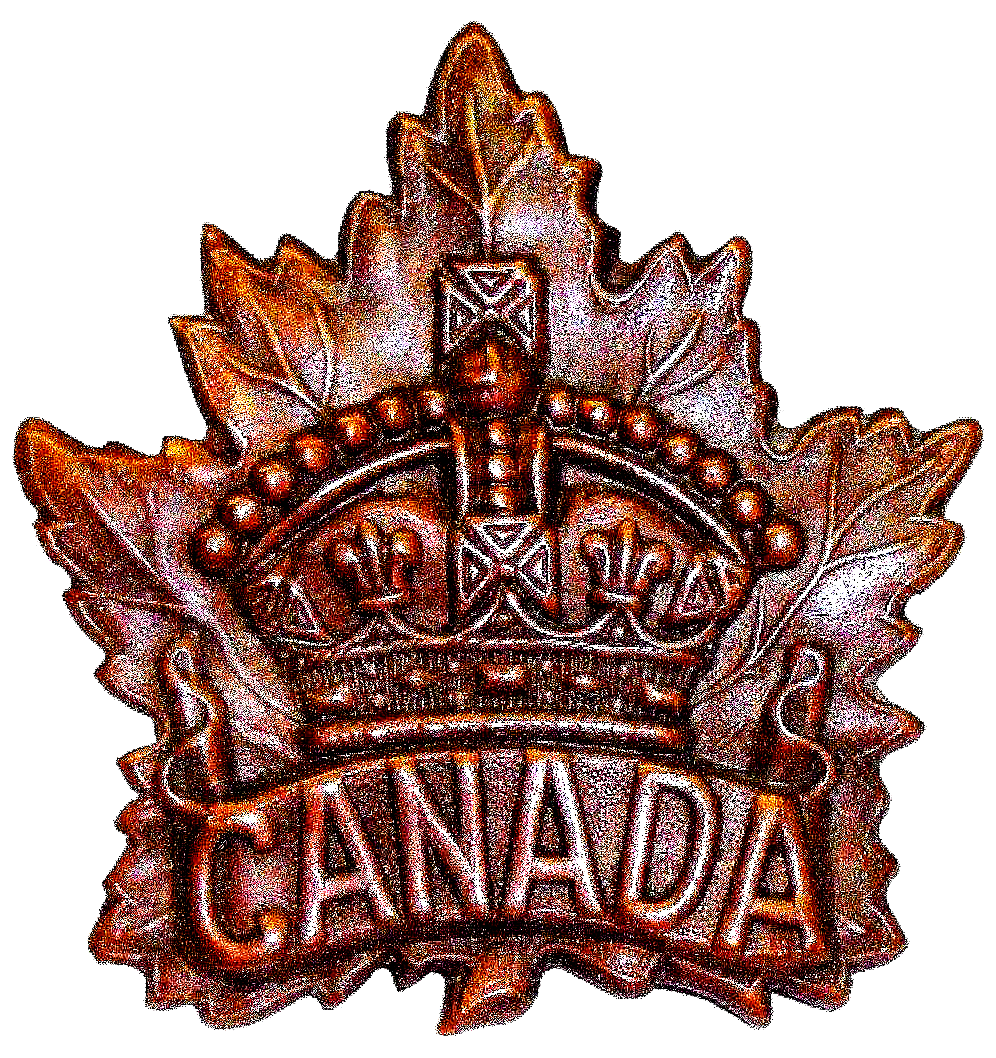
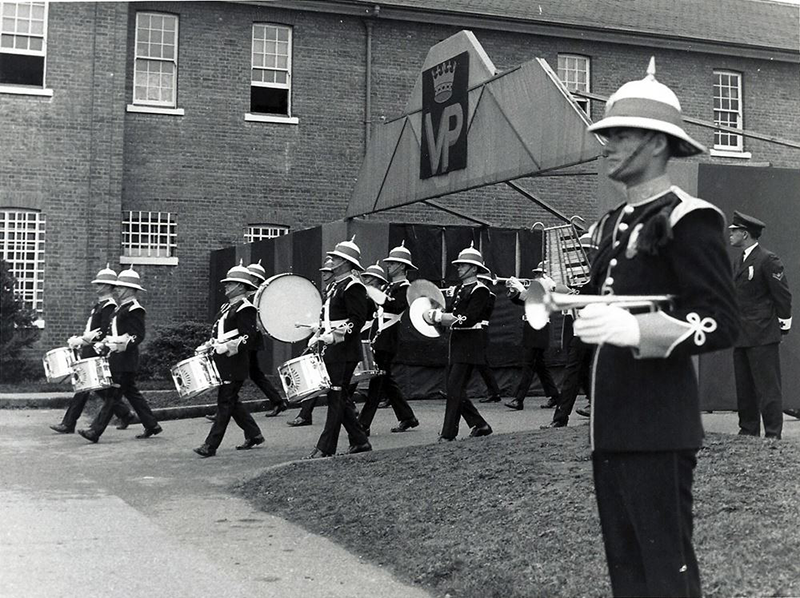
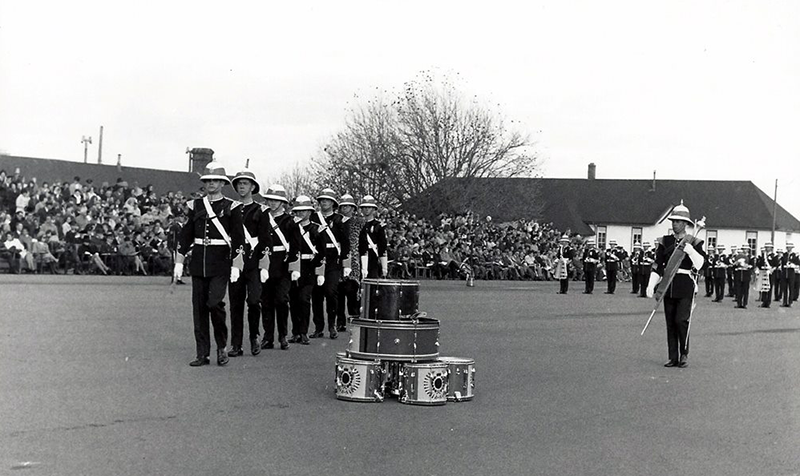
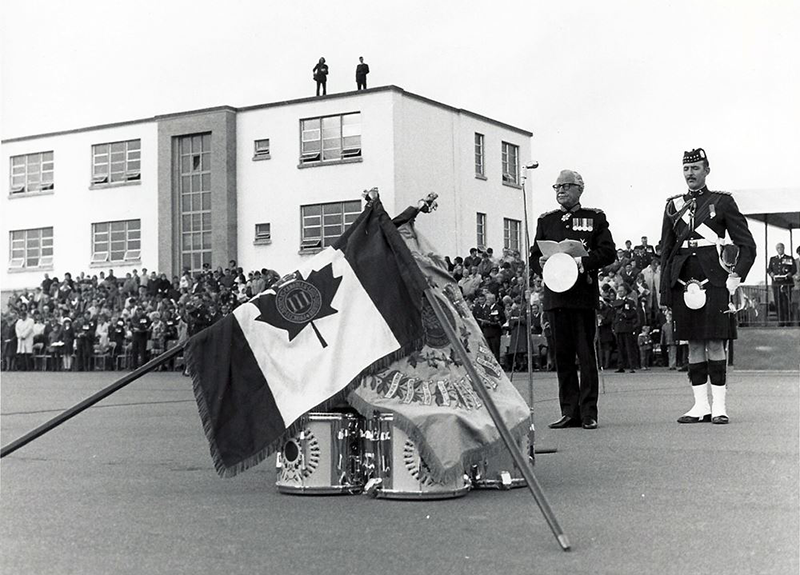
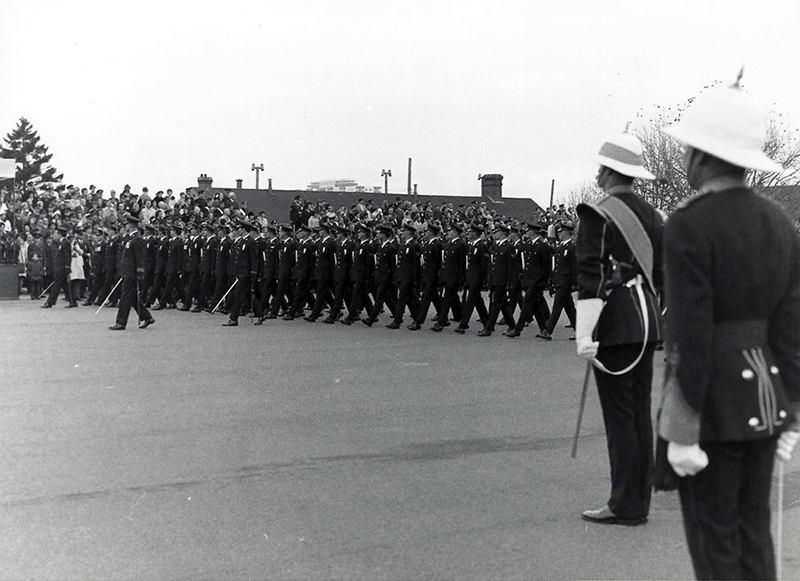
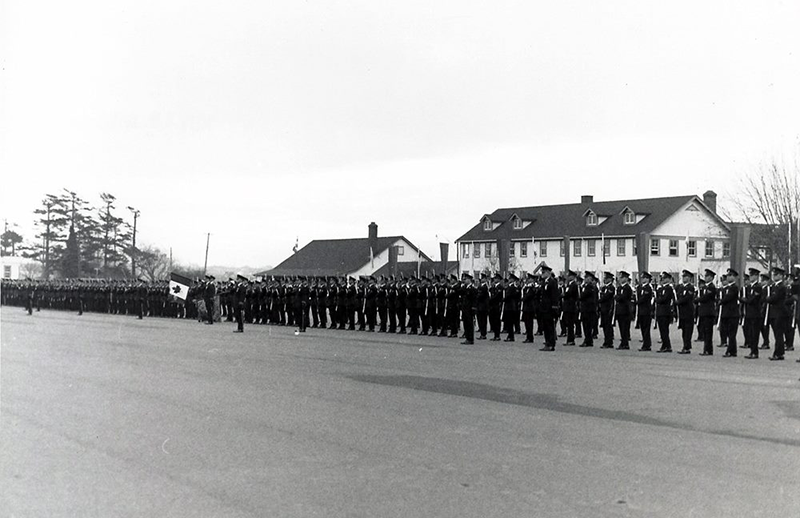
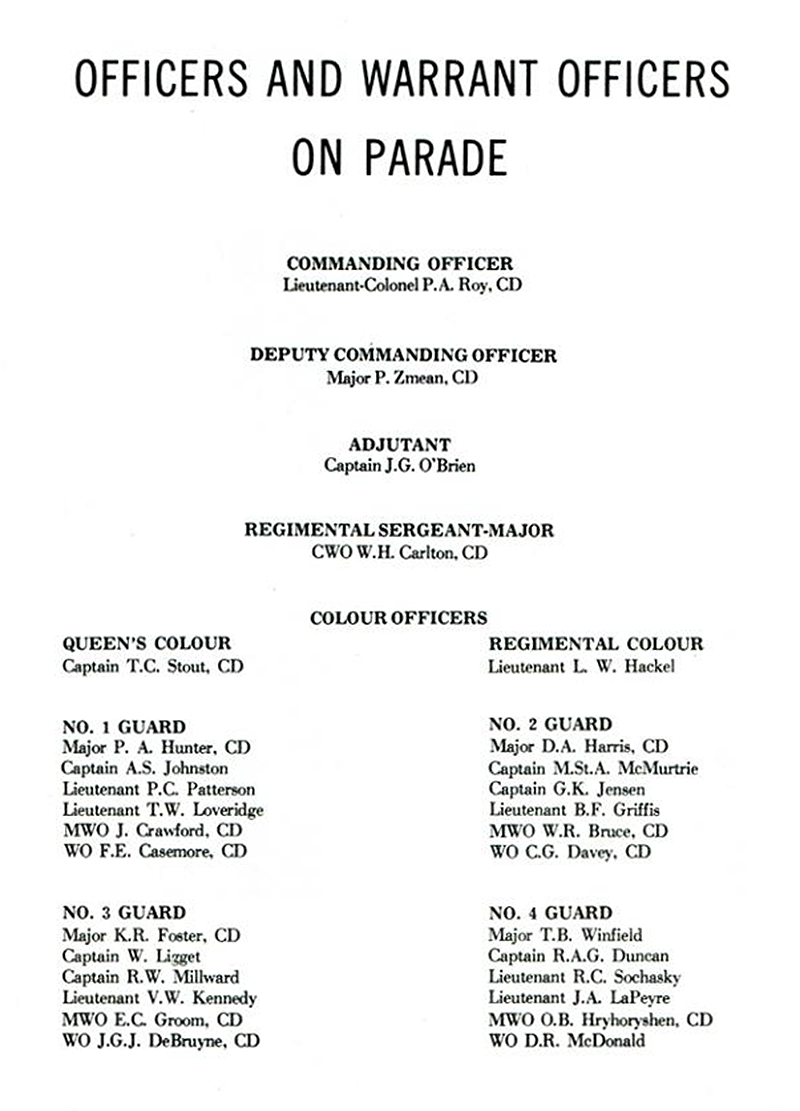
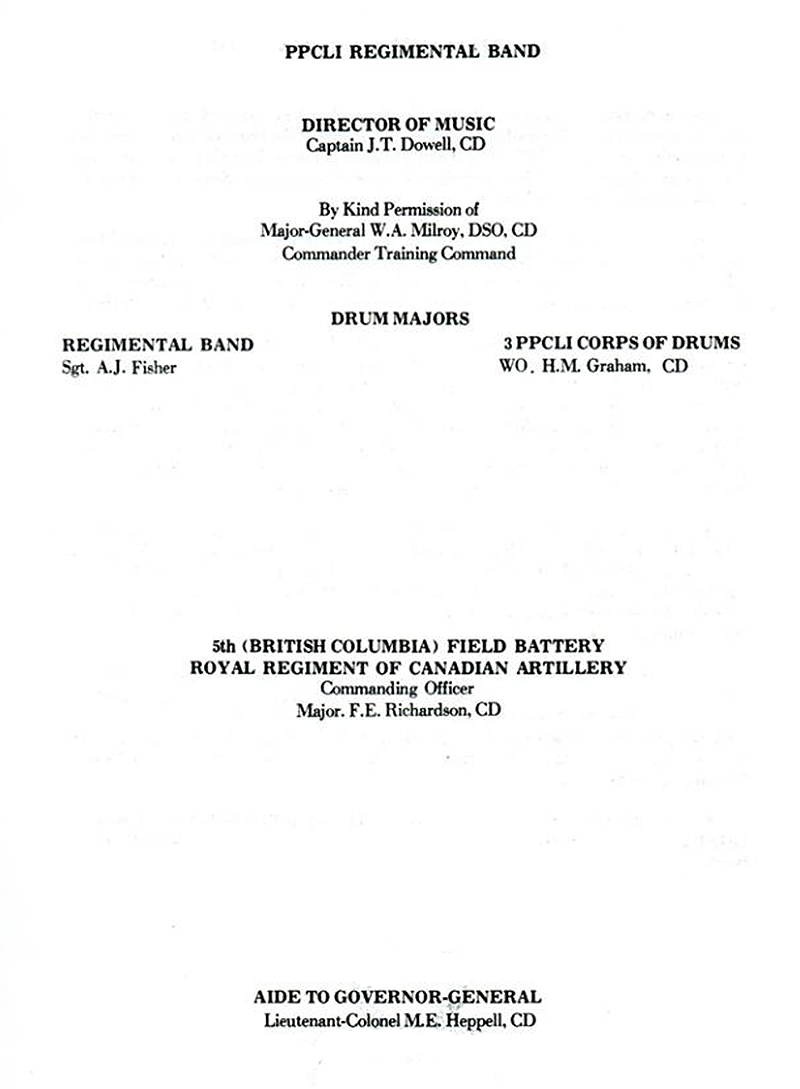
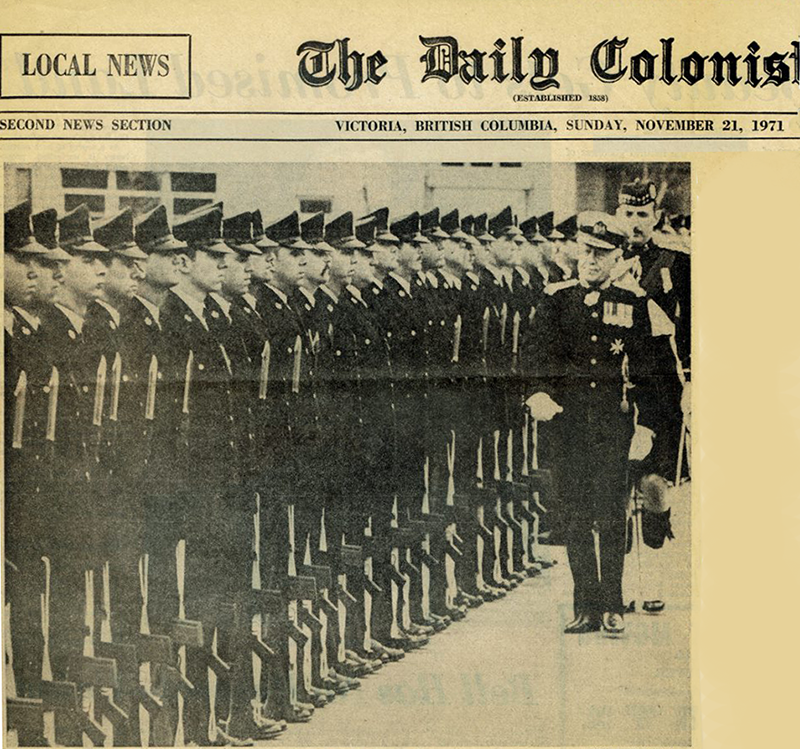
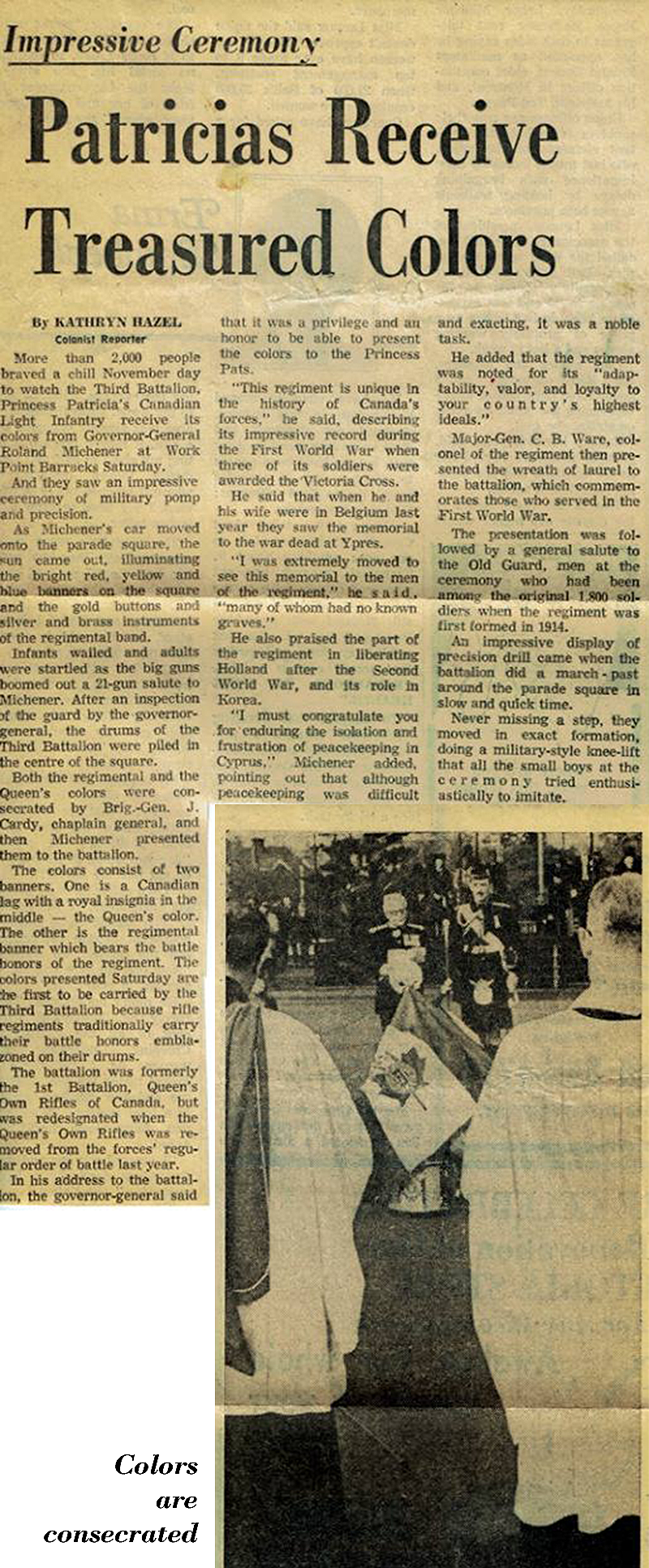
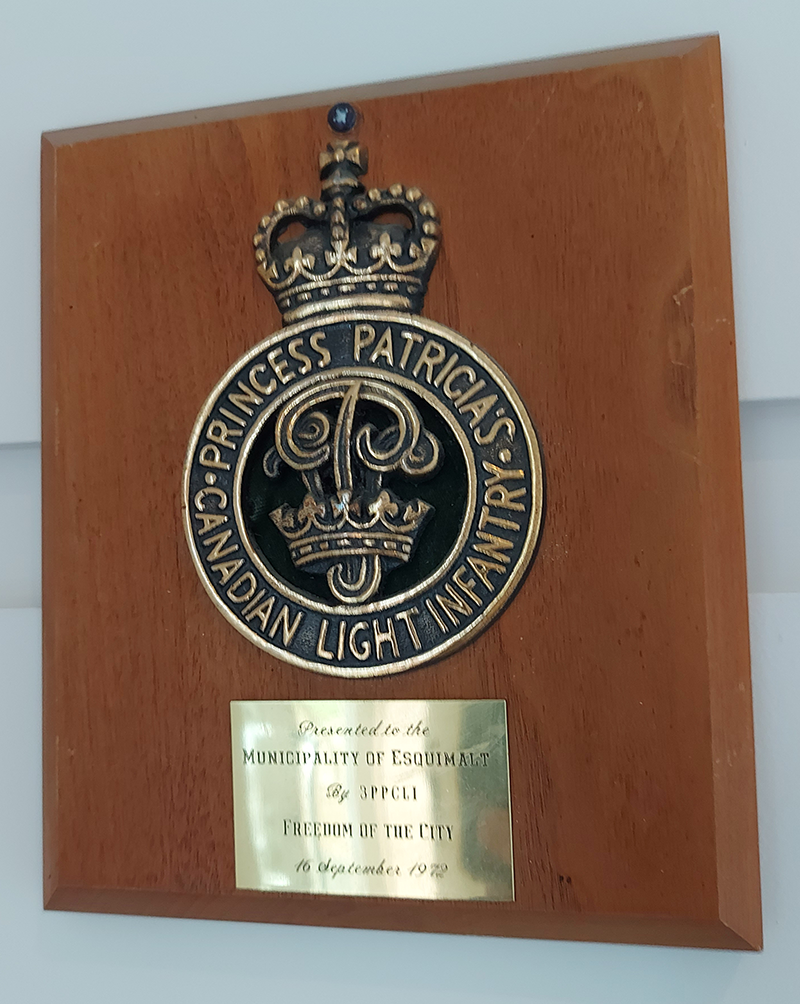
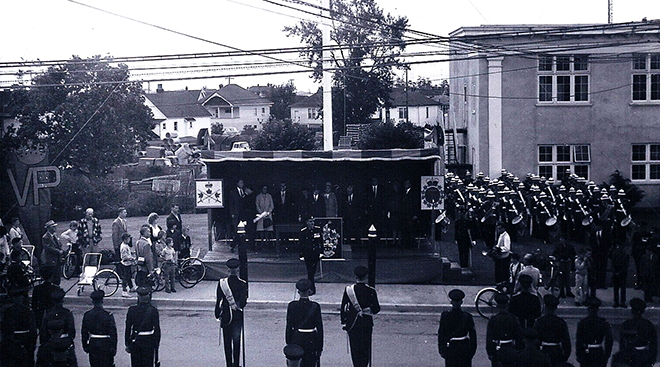
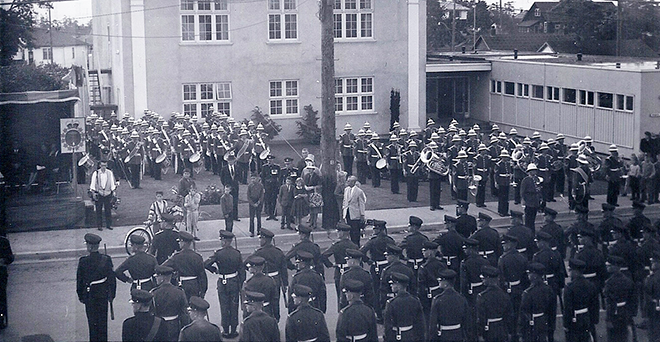
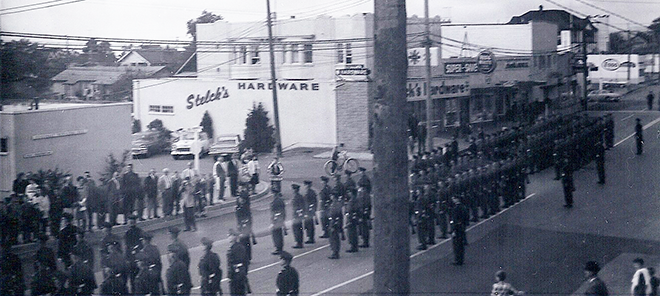
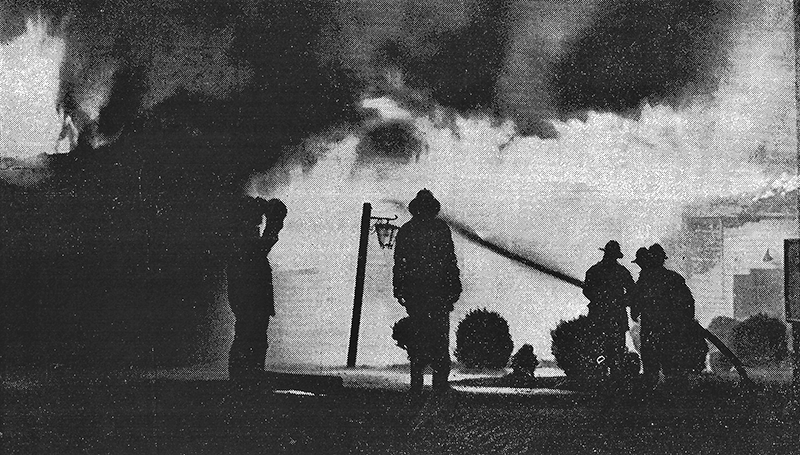
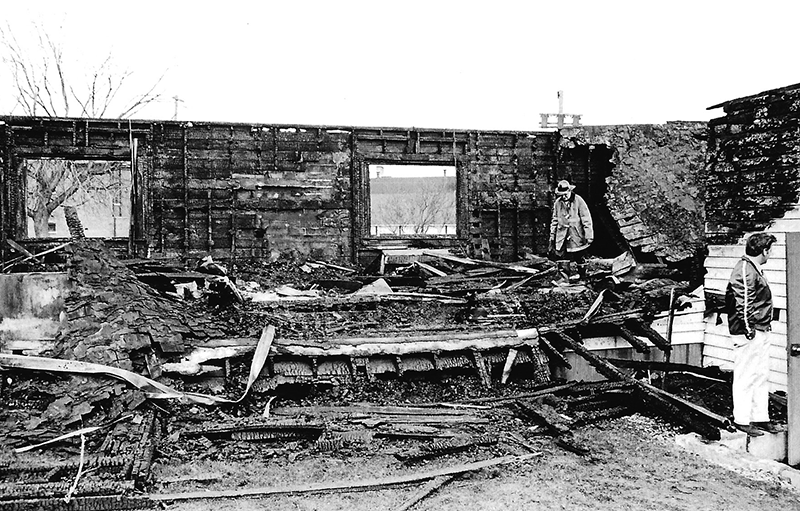
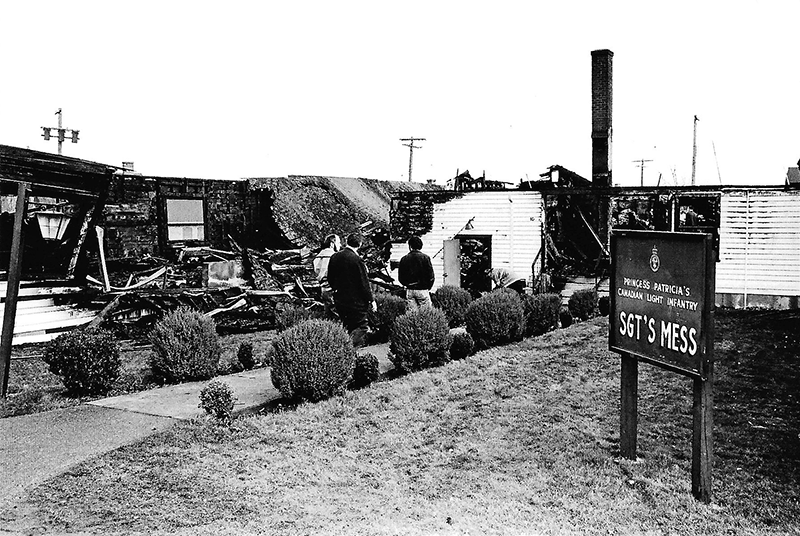
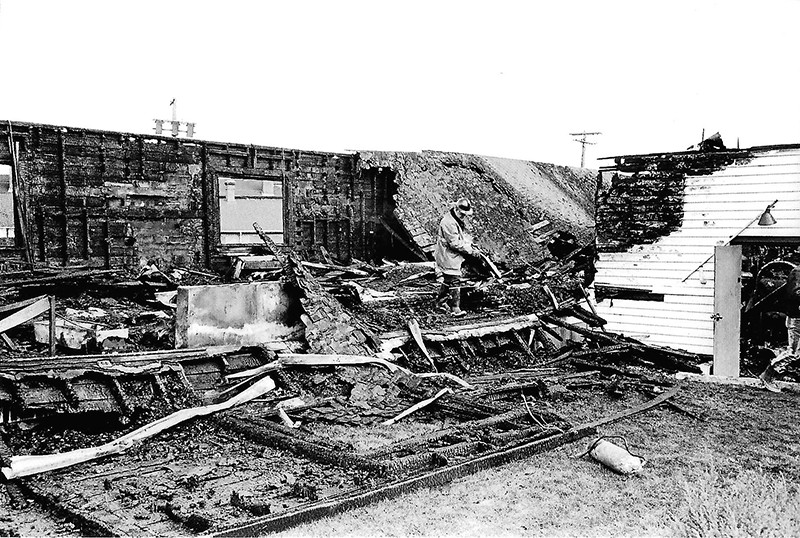
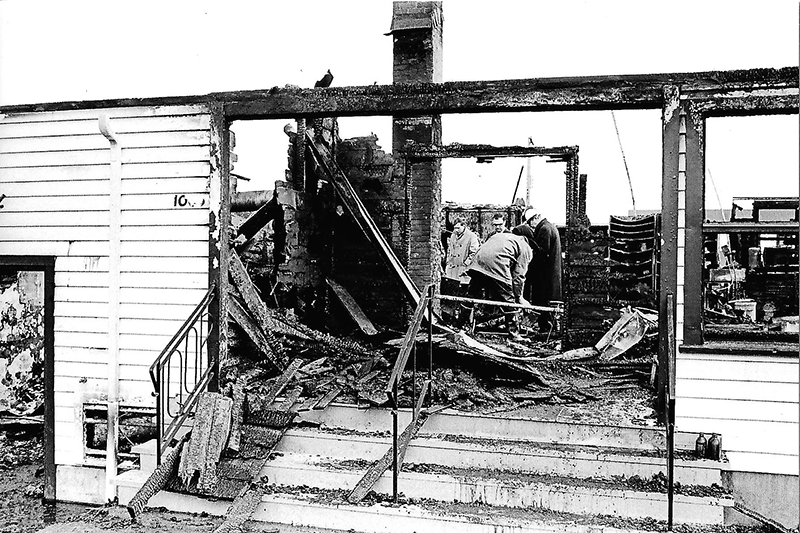
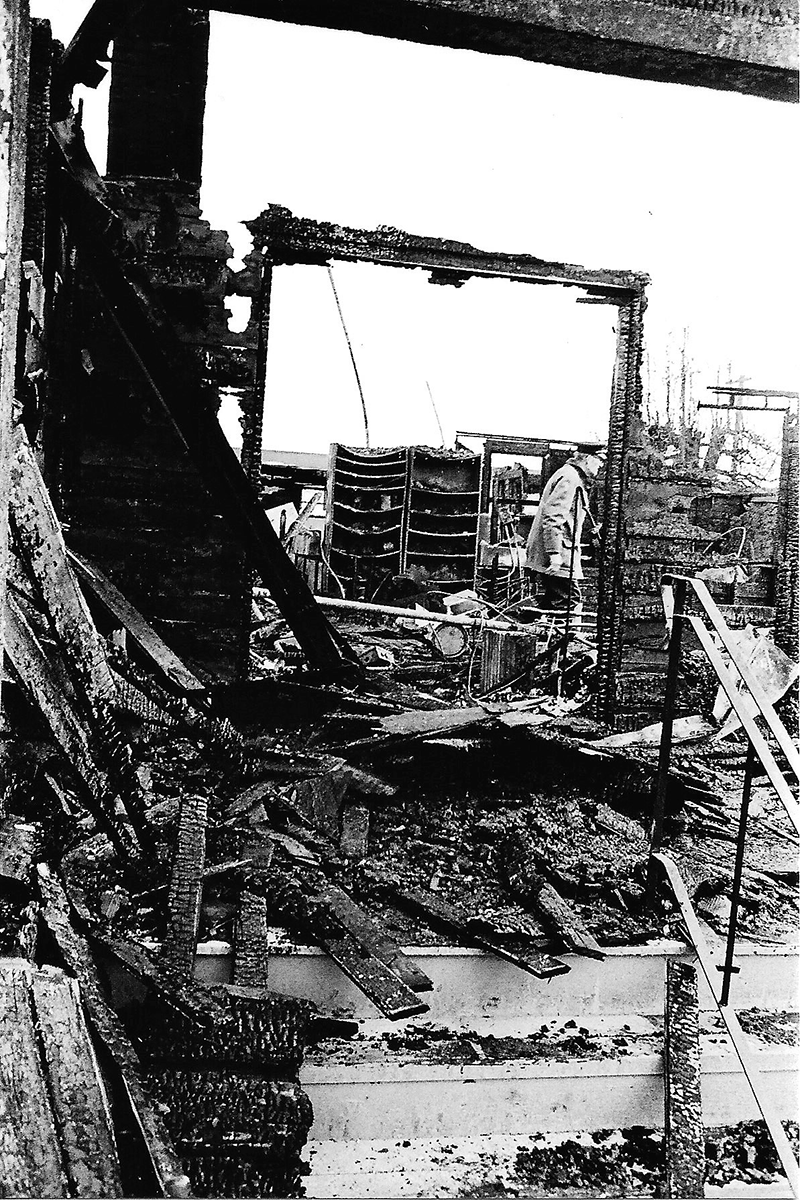
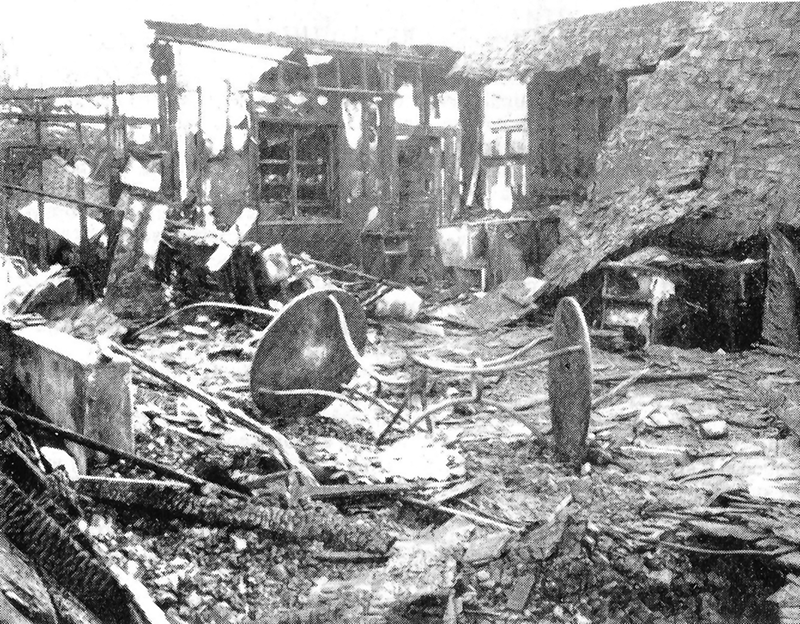
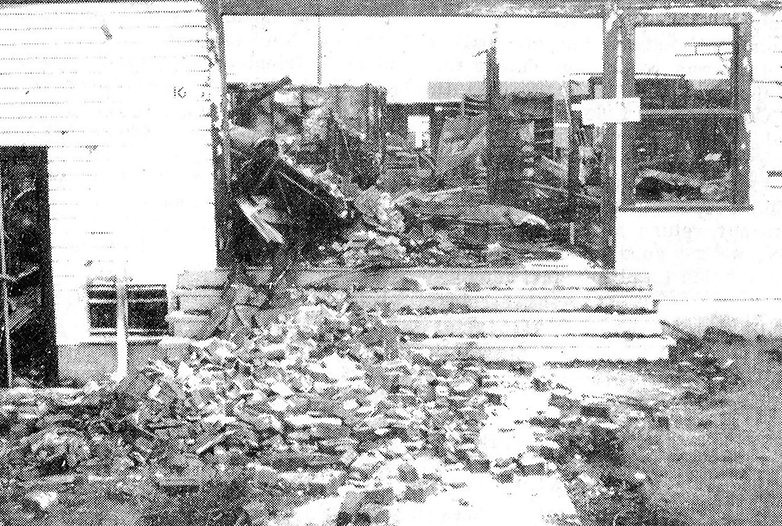
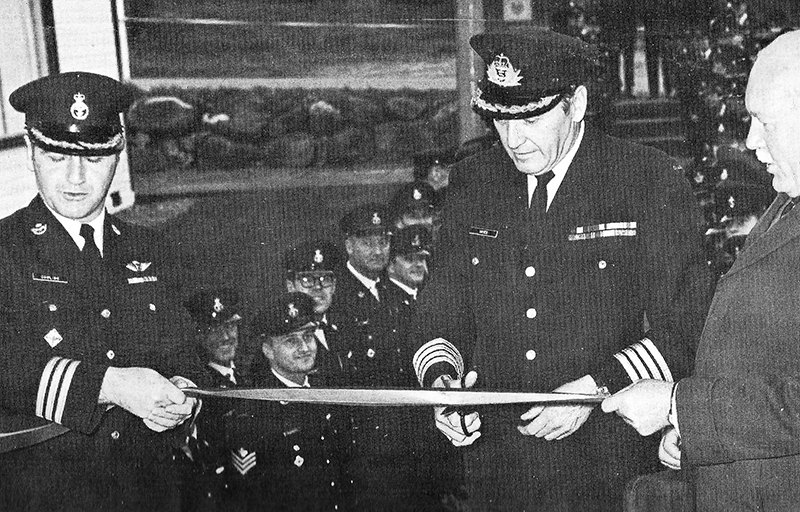
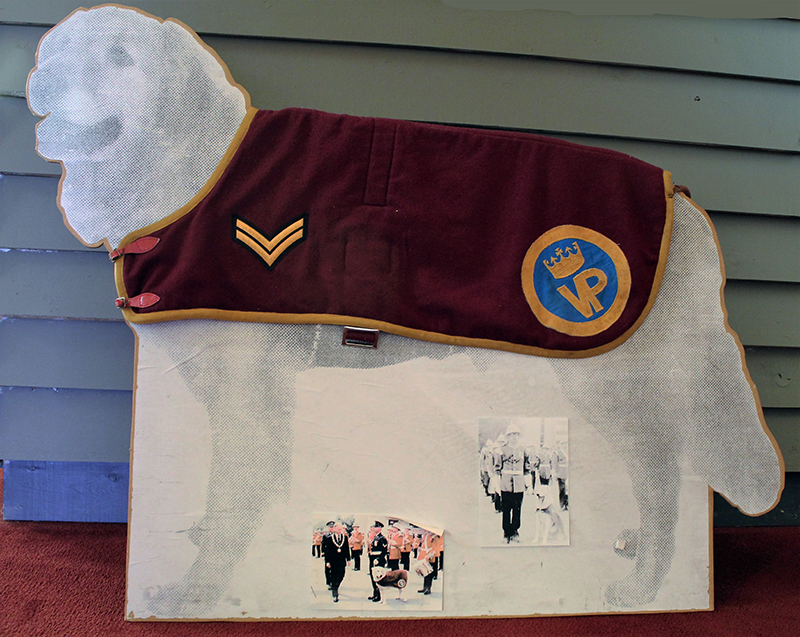
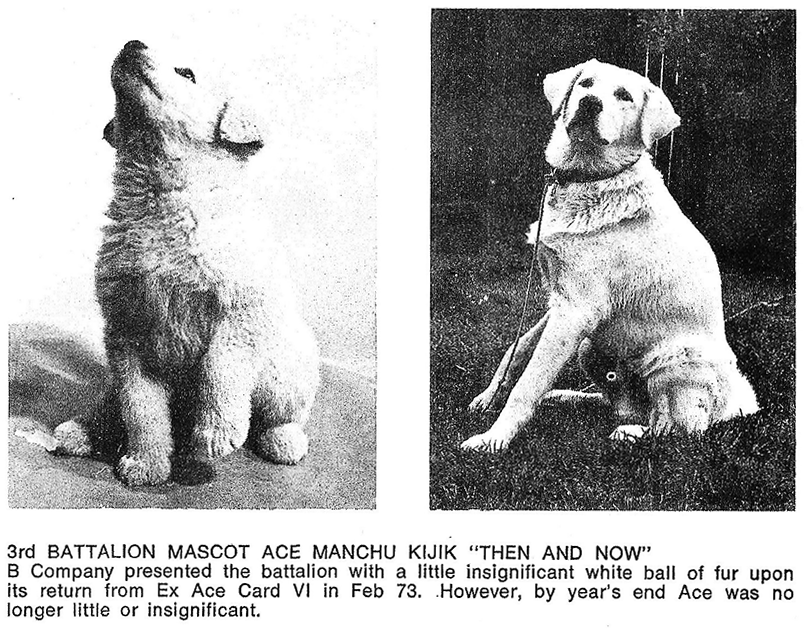
.png)
.png)
.png)
.png)
.png)
.png)
.png)
.png)
.png)
.png)
.png)
.png)
.png)
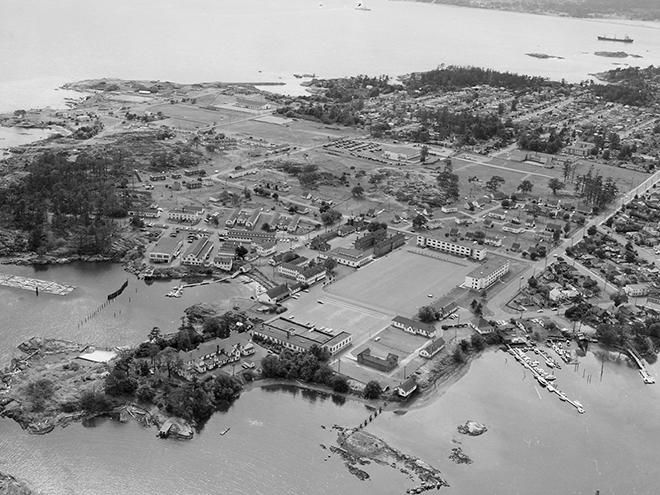
.png)
.png)
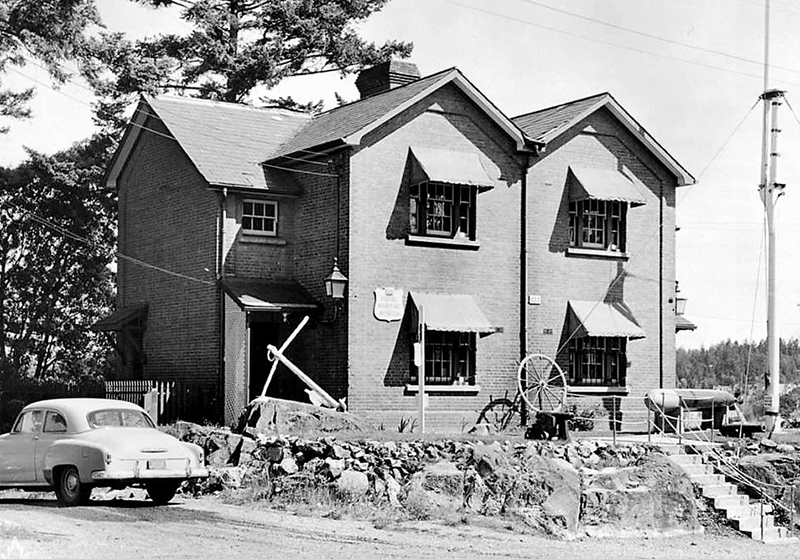
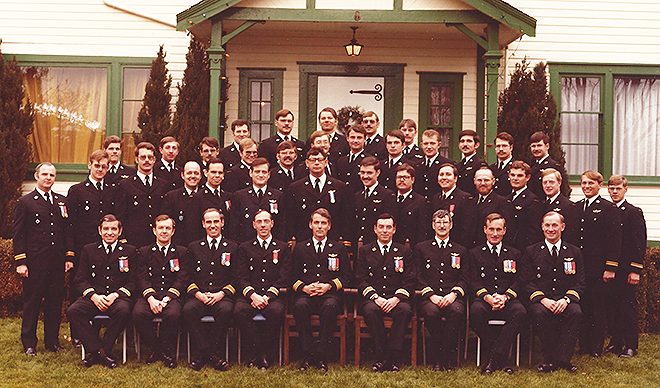
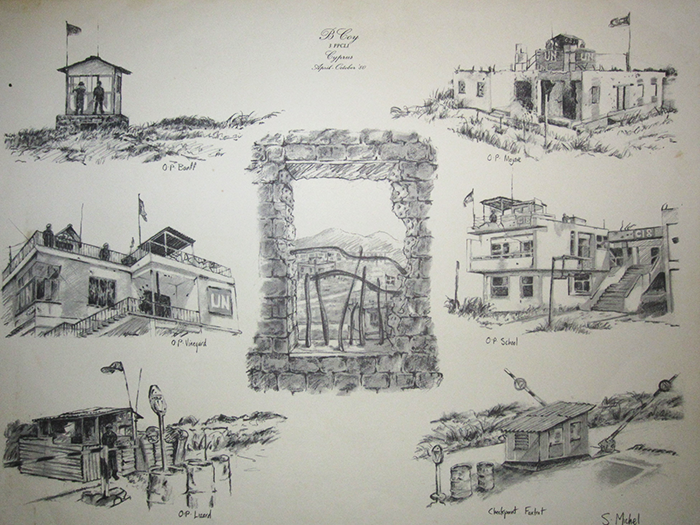
.png)
.png)

.png)
.png)
.png)
.png)
